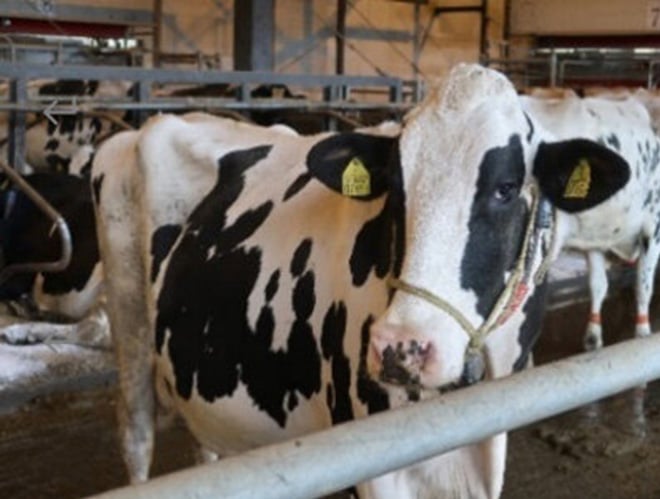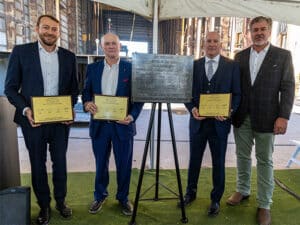
MOL eyes use of bio-LNG derived from cattle manure
Written by Nick Blenkey
LBM to be trialed by MOL is made by liquefying bio-methane generated from dairy-owned biogas plants
Mitsui O.S.K. Lines, Ltd. (MOL) is looking to trial the use of liquefied bio-methane (LBM) derived from cattle manure, in LNG-fueled vessels. It has signed a Memorandum of Understanding (MoU) with LBM producer Air Water Inc. to carry out a study that will confirm that LBM, which is often referred to as bio-LNG, can be transported, supplied, and used without problems using existing shore and onboard equipment.
Air Water produces the LBM from cattle manure in the Tokachi region of Hokkaido, Japan, and the joint study will be conducted as part of an LBM technology research and development program approved by Japan’s Ministry of the Environment.
The goal is to use LBM in an LNG-fueled MOL Group coastal vessel in the first half of FY2023. While LBM (or bio-LNG) is widely seen as key to “extending the runway” for existing LNG-fueled tonnage to meet tightening GHG-reduction targets, this will be the first use of LBM as a marine fuel in Japan.
MOL says that, while LNG-fueled vessels are an effective way to achieve low carbon emissions and it is accelerating their deployment, it is taking initiatives aimed at an early introduction of the use of bio-methane and synthetic-methane.
While LNG fuel is expected to reduce carbon dioxide (CO2) emissions by about 25% compared to conventional fuel oil, a further reduction can be expected through the partial use of LBM, a carbon-neutral energy source. Because the main component of both LBM and LNG is methane, current LNG supply chains can be used, making LBM an effective solution to achieve low-carbon and decarbonized ship operations.
LBM is made by liquefying bio-methane generated from dairy-owned biogas plants, at about -160°C, which is the same temperature that fossil LNG is transported at, then separating and refining its main component, methane. Methane can be compressed to 1/600th of its volume by liquefying it, so enabling its transportation at scale. It is also a carbon-neutral domestic energy source because it is made from cattle manure.




